Whether worn in a lei, tucked behind an ear, or flourishing on the lawn of a resort, the sultry and fragrant plumeria might just be the unofficial flower of Hawaii.
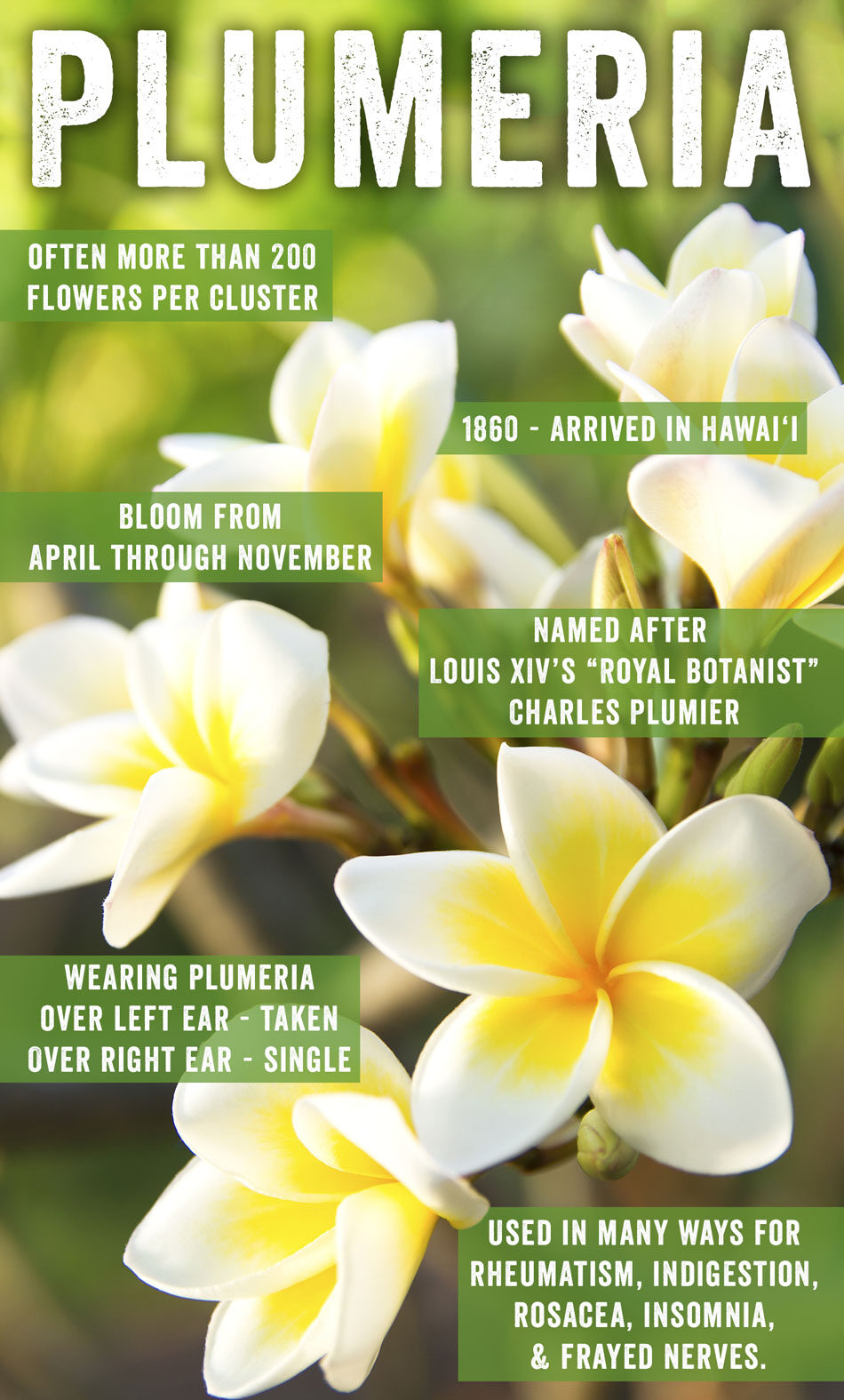
Commonly known in other parts of the world as frangipani, melia, and celadine, there’s hardly a yard in the islands that doesn’t contain one of these heavenly-scented trees—which often produce more than 200 flowers per cluster.
With velvety petals in colors that range from yellow and pink to red and white, plumerias are often thought to be endemic to Central America and Venezuela, while others argue the plant got its start on South of the Border shores when Spanish priests brought them to port in the 1500s.
Originally named for Charles Plumier—a French mathematician anointed the “Royal Botanist” to King Louis XIV—plumerias arrived in the Hawaiian Islands in 1860 by way of William Hillebrand, a Prussian physician who ultimately founded the Hawaii Medical Association. Having purchased 13 acres from Queen Kalama, he began a garden—which would ultimately become the prized Foster Botanical Gardens in Honolulu–with plants that would be useful in Hawaii. The tree’s remarkable ability to be uprooted and regrown led to its success in the islands, ultimately flourishing in Hawaii’s volcanic soil from the Big Island to Kauai.
With aromas that range from jasmine to orange, plumerias bloom from April through November—almost as if in cahoots with the migrating Hawaiian Humpback Whale.
While found around the world, they’re the most prevalent in warmer climates, with some reporting that their petals become more vibrant the closer you get to the equator.
Their ubiquity is due in part to their hardiness: drought-resistant with sturdy roots, plumerias can easily cope with heat, neglect, insects and other pests.
While primarily yellow—from deep saffron to a quieter shade of banana—the different hues seen throughout the Hawaiian Islands are thought to be due to Polynesians who were enslaved by Europeans in Australia and then returned to their homelands with cuttings from Down Under. Such diversity is now seen in the kaleidoscope of shades throughout the islands, from the ruby-red Hilo Beauty to the Lei Rainbow, which reflects the deep peaches of Hawaii’s magnificent sunsets and finally at the ubiquitous lei given to each luau guest in order to complete the proper luau attire.
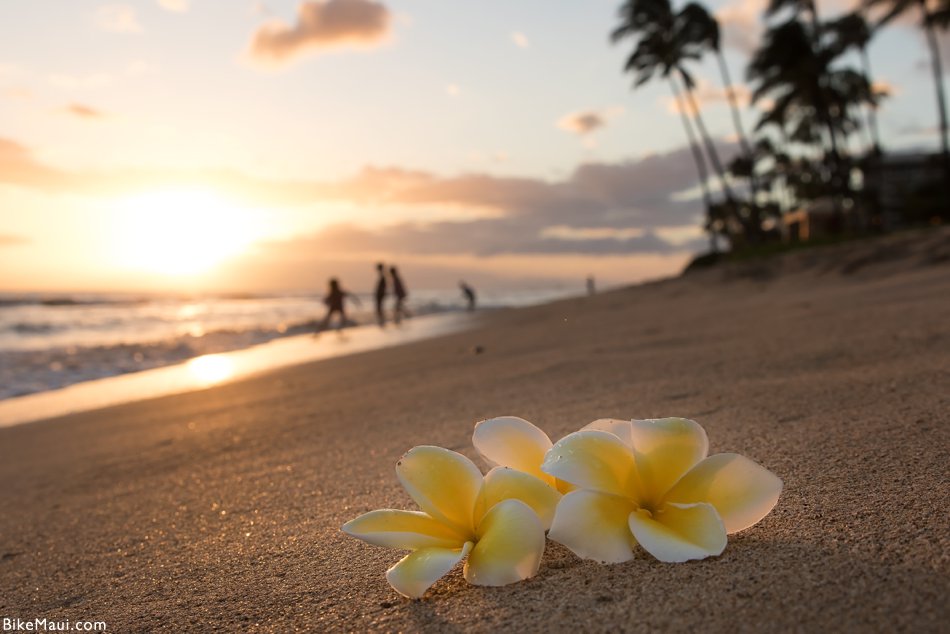
The national tree of Laos (where it’s known as dok jampa) and the official flower of Palermo, plumeria is far more than mere eye candy.
Those who hail from the Caribbean use the leaves as poultices and as an ointment for rheumatism, while Vietnamese puree the bark with alcohol and use it to treat everything from indigestion to rosacea. Other cultures heat the oils to provoke its unique scent, which has a tranquilizing effect that cures insomnia and settles frayed nerves (perhaps giving rise to its popularity on Bath & Body Works’ shelves). Buddhists believe plumerias are emblematic of immortality, due to the plant’s ability to reproduce flowers even if it’s been uprooted, and explaining why it’s not uncommon to see Buddha statues draped in plumeria leis throughout Hawaii. Southeastern Asian culture asserts that the plumeria tree harbors ghosts and demons, illuminating the reasons behind their prevalence in cemeteries and temples.
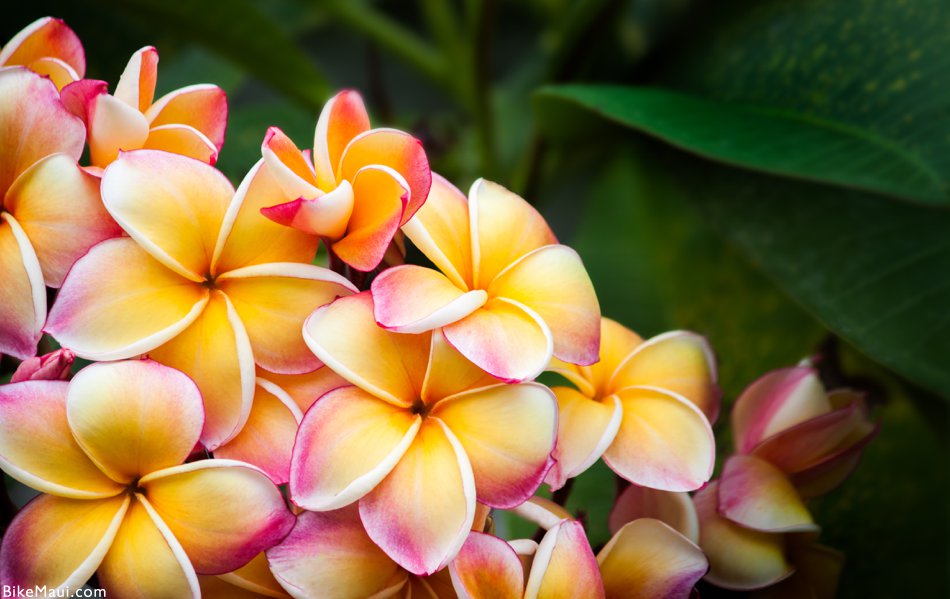
Ruled by Venus and connected to love in Feng Shui, where a woman places a plumeria flower shouts out to the world whether or not she’s betrothed: over the left, and she’s taken; over the right, and you might see her on Tinder.
In India, women wear the flower in their hair on their wedding days to proclaim their loyalty to their new husbands, while Swahilis weave plumerias into their ballads.
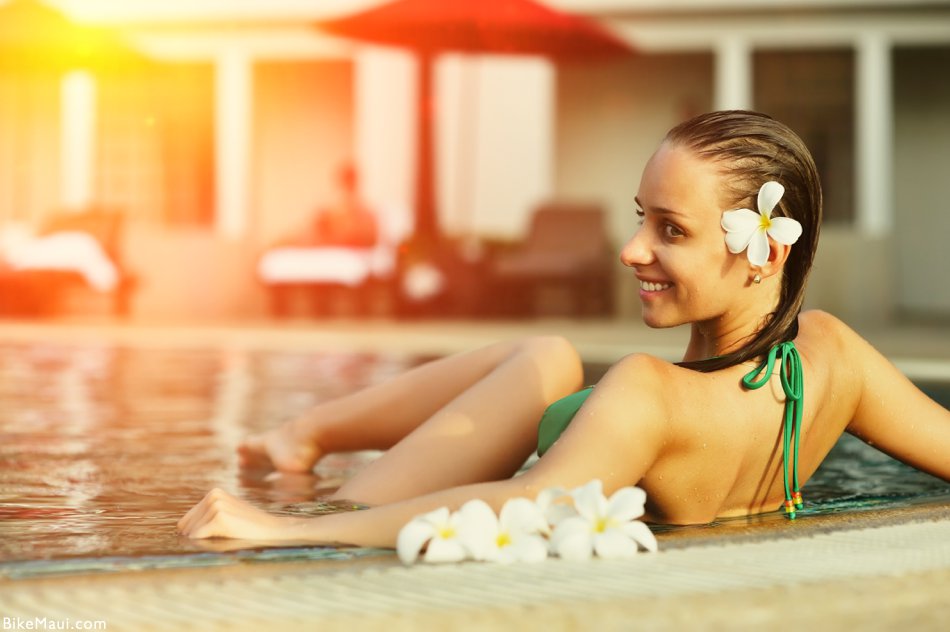
Plumerias—along with maile, pikake, and ti—replaced the bone-stick-teeth-and-kukui-nut garlands (as well as strings of ivory and beads) in the leis ancient Hawaiians wore as decoration and for celebrations. Neighborhood kids have been known to hop fences and sneak into yards to “pick plumeria,” which are then used for leis to commemorate everything from graduations to homecomings.
Been told to throw your lei in the water?
The tradition harkens back to the 1800s when visitors who landed in the islands were greeted with leis and threw the garlands over the railings of their steamships as they sailed away. Soldiers during the Second World War gave the ceremonial gesture a spin, tossing leis into the waters near Diamond Head to question their destiny: leis that floated back to shore guaranteed their return to the islands; those whose leis were swept out to sea weren’t expected to come back. Since then, plumerias have become associated for some with unrequited love. However you choose to dispose of your lei, don’t throw it in the trash: local Maui culture dictates it should be hung from a tree, returned to the Earth, burned or buried.
It ought to come as no surprise that a flower as winning as this is steeped in myth.
Mexican lore asserts that their gods are born from frangipani flowers, while Thais once banished plumerias from their homes because of their link to sorrow. Other cultures deem its pinwheel shape a paragon of perfection. Aztecs combine its sap with the internal organs of predatory animals to concoct an elixir against cowardice. Exceedingly rare in China—perhaps as an aftereffect of the country’s reluctance to welcome Spanish Catholic priests—it rivals the exquisiteness of the orchid and, in the taciturn culture, is often used to convey love and admiration without having to say a word.
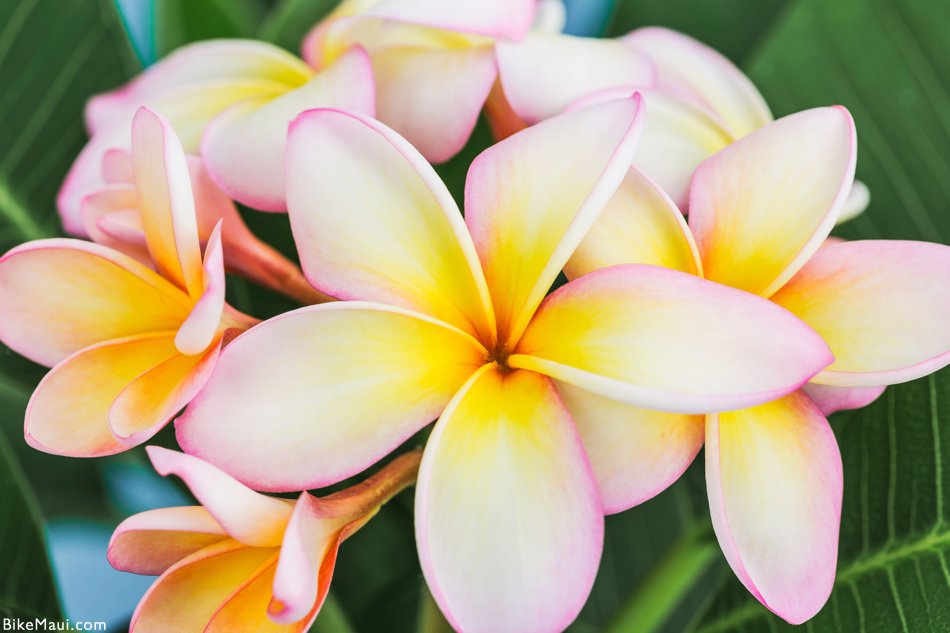
Determined to recreate your Maui vacation in your backyard?
Mainlanders, take note: while robust when it comes to replanting, plumerias are vulnerable to colder temperatures. Insulation for the tree will be needed during the colder months, much like a local on a Lake Tahoe vacation. Gardening not your thing? Evoke Hawaii in chillier climes by bringing home bath soaps, lotions, or as a pendant: the plumeria necklace is one of the most iconic pieces of Hawaiian jewelry. Or simply download Cole Porter’s “A Stroll on the Plaza Sant ‘Ana.” He may have been crooning about Panama, but there’s no doubt his hypnotic voice will send you straight back to the shores of Hawaii.
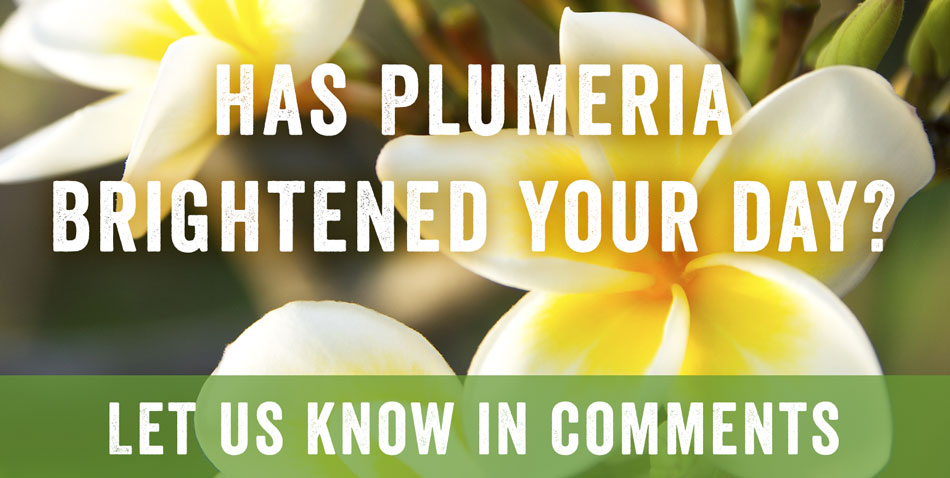
Photography courtesy of Photographers in Maui.

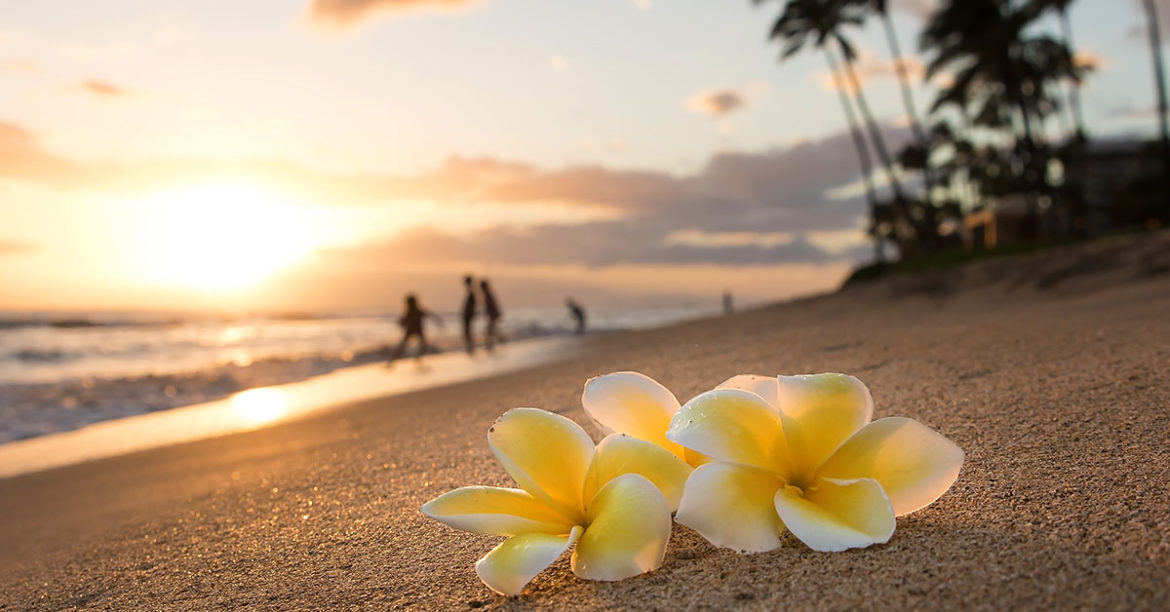
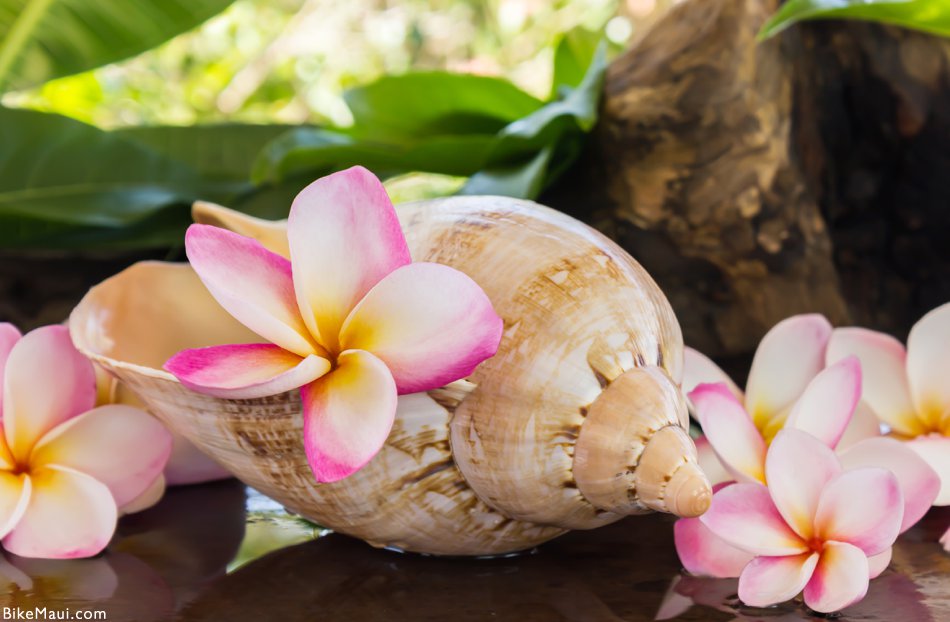
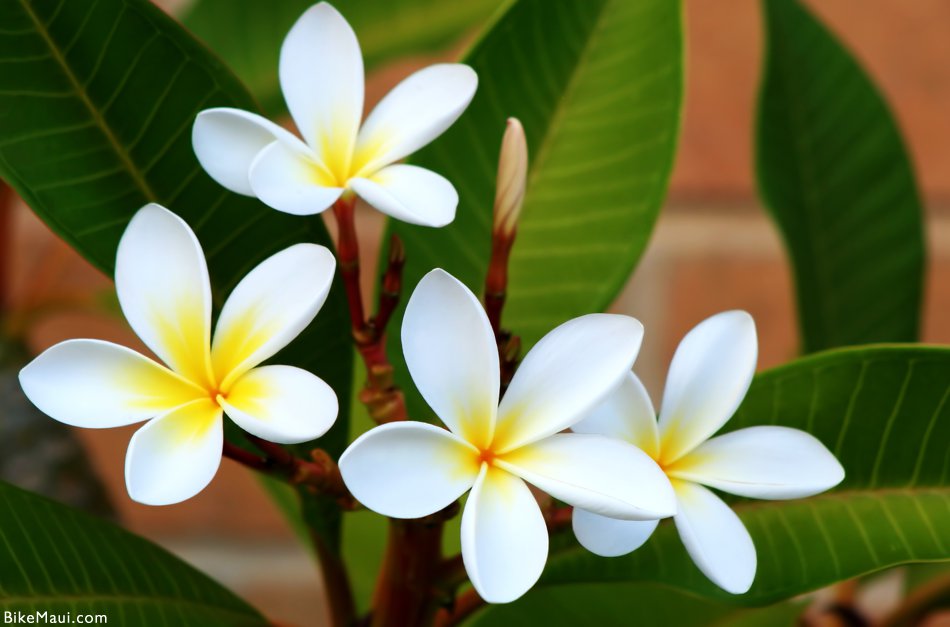
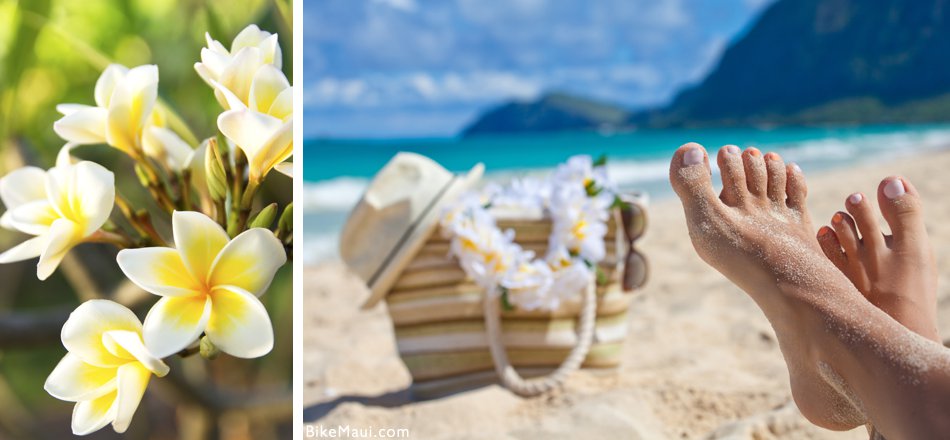
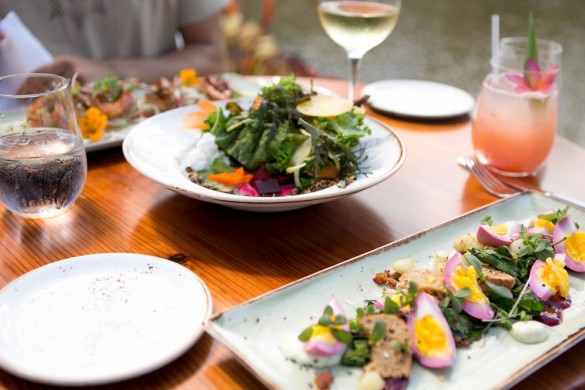
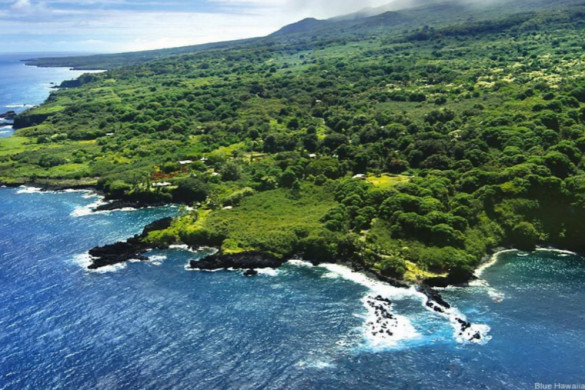
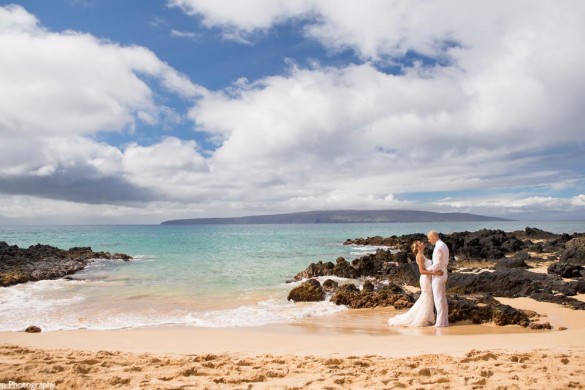

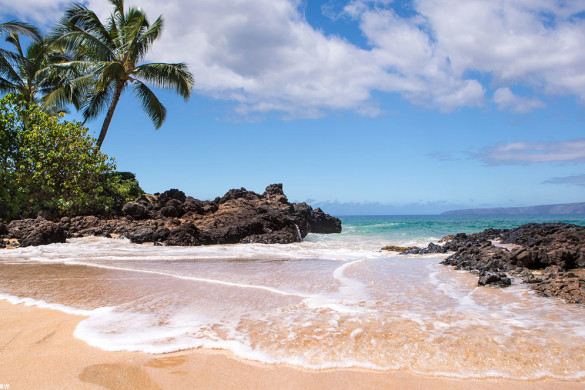
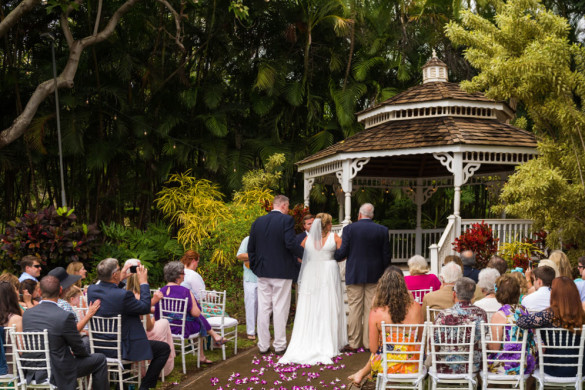
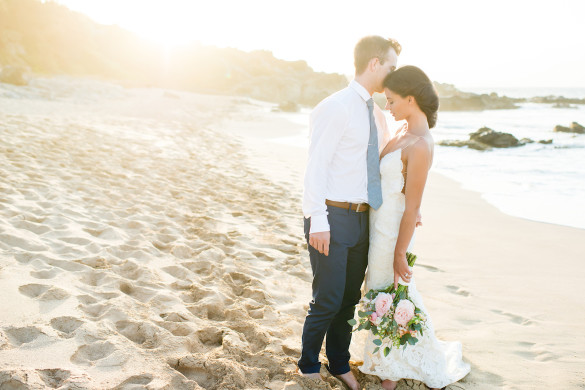
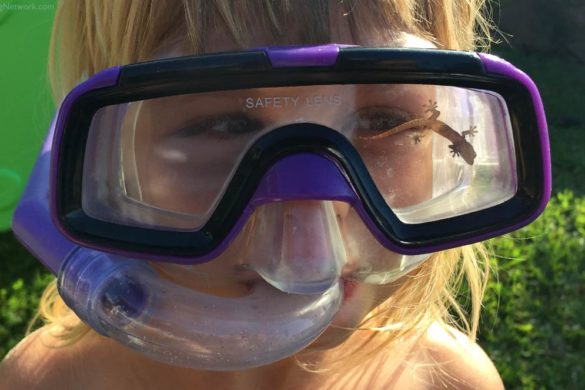
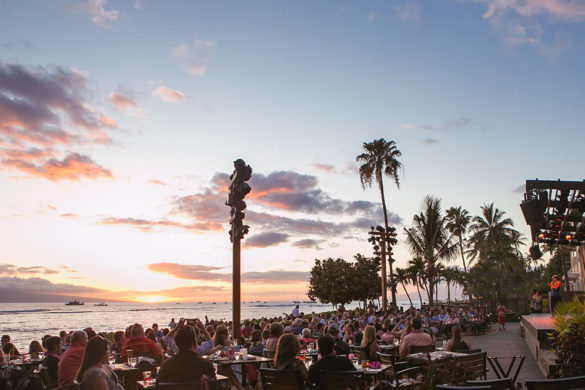
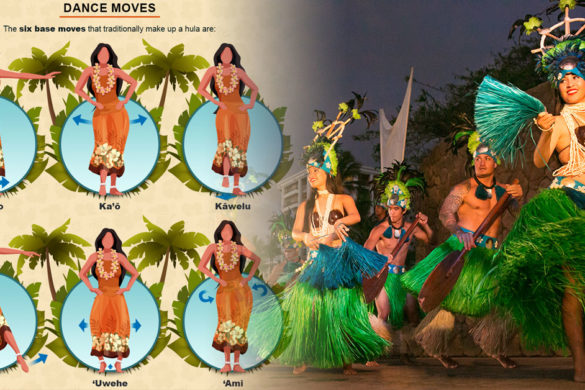
4 comments
I bought a Plumeria root around two months ago at the Coconut Grove Arts Festival in Miami, and it’s just starting to sprout leaves!! I absolutely cannot wait for it to flower 😍😍😍 I love learning new information about my new plant!
Good article, I learned several things about Plumeria that I didn’t know. I do wish I could grow them where I live now. I miss their wonderful fragrance and beautiful flowers.
I love Plumerias especially Hilo Red ! Growing up in the Philippines, I was so amazed at how they can actually thrive in LA provided you shelter your shrub/trees from the cold winter nights. We frequent Maui and really enjoy the variety of the Plumeria, synonymous to beauty, regal & strong like the Hawaiian people.
Looking for a royal orange plumeria cultivar if u know where I can obtain a cutting